

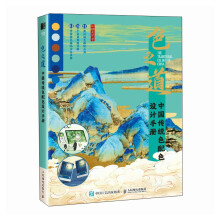

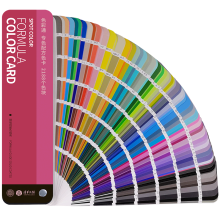
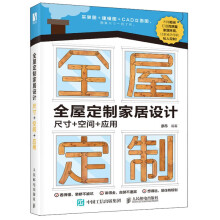



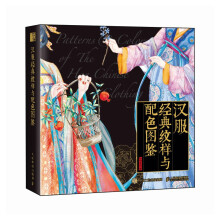
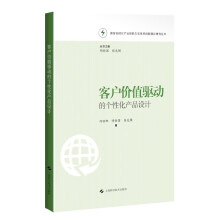
漫步林中
无印良品露营地 露营场开业一年前也就是1994年的冬天在同事的邀请下我们去露营在积雪未融的原野上支起了帐篷我们不仅感受到了在冬天露营的快乐更是体会到:一个露营地所必须的并非多么丰富的设施或者多么新的设备而是能够感受最原始的自然这就是无印良品露营地的概念也是至今为止的海报设计所贯彻的理念那之后我一直在创作无印良品露营地的海报它们并不是那种很时尚的风格甚至或许有点过于简单了但我认为这是在一个只有山和海的小岛上长大的我才能做到的、朴素却又温馨的风格或许因为这样我才能够坚持这份工作20年以上
我受父亲的影响从小就十分喜爱植物经常在附近的森林边散步边采摘植物春天有野草莓和樱桃夏天有枇杷和无花果秋天有木通和山葡萄我最喜欢的就是一边寻找植物一边摘果实来吃成年之后我接触到无印良品露营地的工作于是再次开始了植物的采摘有时为了做花草的拓印有时为了做蓝印发表了不少运用植物元素的设计
A year before the MUJI Campground(Campsite) opened, in the winter of 1994, at the invitation of our colleagues, we went camping and set up our tents in the fields where the snow had not melted. We not only felt the joy of camping in winter, but also realized that what is necessary for a camping site isn't the well-equipped facilities or the new equipment, but the ability to feel the nature. This is the concept of MUJI Campground, and it is also the idea behind the poster design to this day. I've been working on MUJI Campground posters since then, and they're not very fashionable, perhaps too simple. However, I think such a simple but warm style can only be created by someone like me who growing up on a small island with only mountains and sea. Perhaps that's why I've been able to stick with this job for more than 20 years.
Influenced by my father, I have been very fond of plants since childhood, and I used to walk and pick plants in the nearby forest. There are wild strawberries and cherries in spring, loquats and figs in summer, akebia and wild grapes in autumn. My favorite thing was to pick the fruits and eat them while looking for plants. As an adult, I was introduced to working in MUJI Campground and started picking plants again. Sometimes I used them to do flower printing, sometimes made blue printing, and published a lot of designs with plants.
Walking in the Woods 漫步林中
Crossing the Seas 穿越大海
Living in the City 城市生活
温馨提示:请使用广州市白云区图书馆的读者帐号和密码进行登录